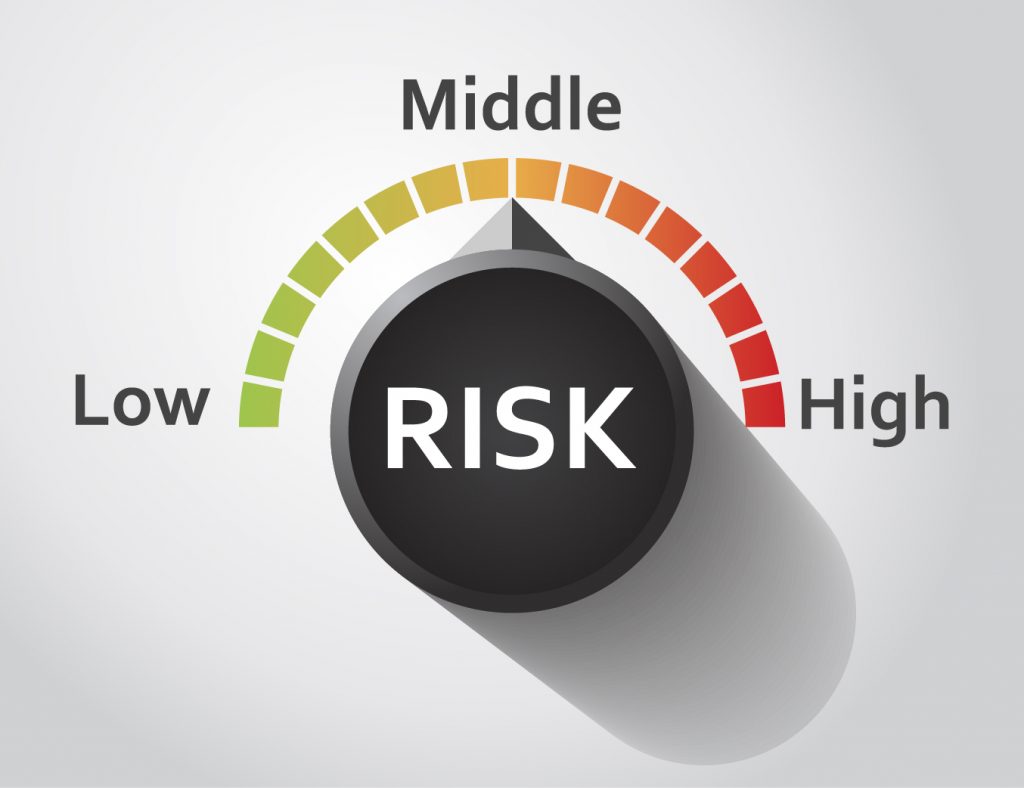In order to understand better the market psychology, this time we will discuss another interesting concept, which is the risk aversion. The current economic context is another reason why we want to approach this subject. The global economy had been expanding since 2011 and since 2009 in the United States. A recession is something normal in this case, as the economic cycles principle is stating. During those periods, risks aversion appears as the market sentiment deteriorates. Let’s dig into this subject and see what the particularities of this concept are.
What is risk aversion?
Risk aversion is a situation when the market participants are no more willing to invest their money in risky assets (stocks, precious metals, commodities etc) and place their money into safe assets (bonds, bank deposits etc.) due to economic contraction, political uncertainty, natural disasters or any other even with a significant negative impact on the economy.
Periods with high-risk aversion have low market performance associated and thus returns are low, especially for long-term investors.
What should forex traders do during these periods?
What usually happens in the forex market is that investors are buying safe-haven currencies. We’ve covered the topic of safe-havens in a previous article and you can check it as well.
During the last severe economic crisis, which took place back in 2018, the yen, US dollar and the Swiss franc had been the biggest gainers, due to their safety profile.
Our assumption is that due to extreme nonconventional monetary policy from the Switzerland National Bank, the franc might not be able to gain as much as the yen or the US dollar.
The biggest economy of the world at this point, the United States, and US bonds are considered to be safe, that is why investors are selling currencies in order to buy US dollars so they will be able to buy bonds.
Also, following the crisis of 2018, the major central banks had embarked on a road of easy money, lowering rates and printing money, leaving them with little room for action in case another economic contraction takes place. Protection is the first objective when risk aversion is high and that is what you should do, as well, not expecting huge returns in short periods of time.
